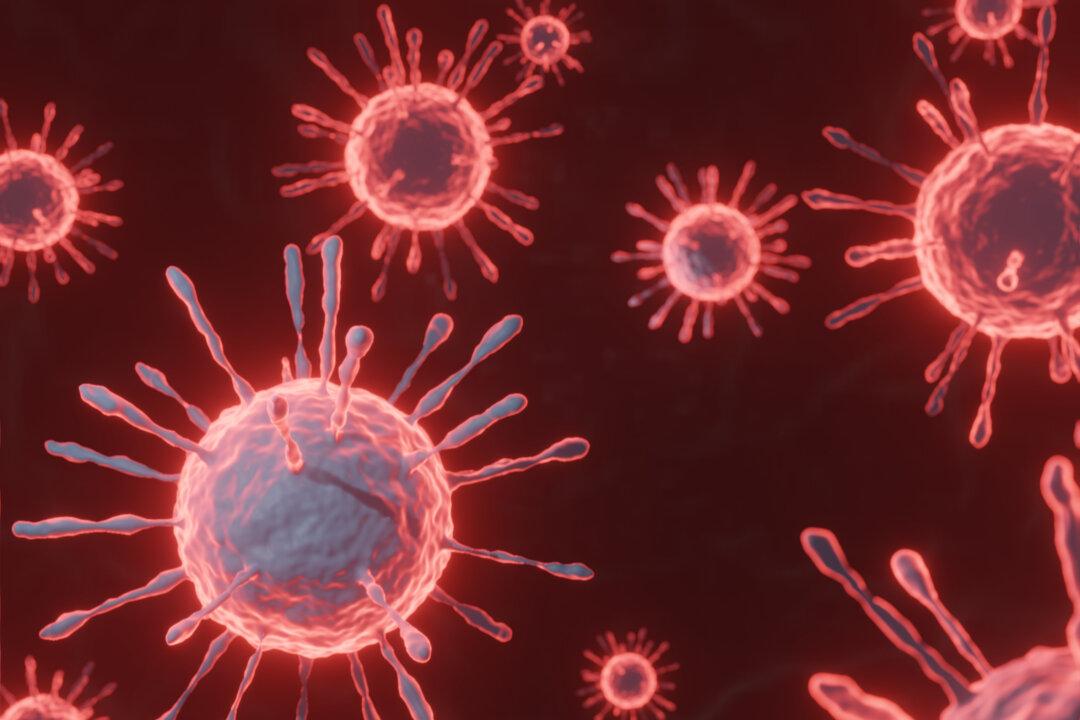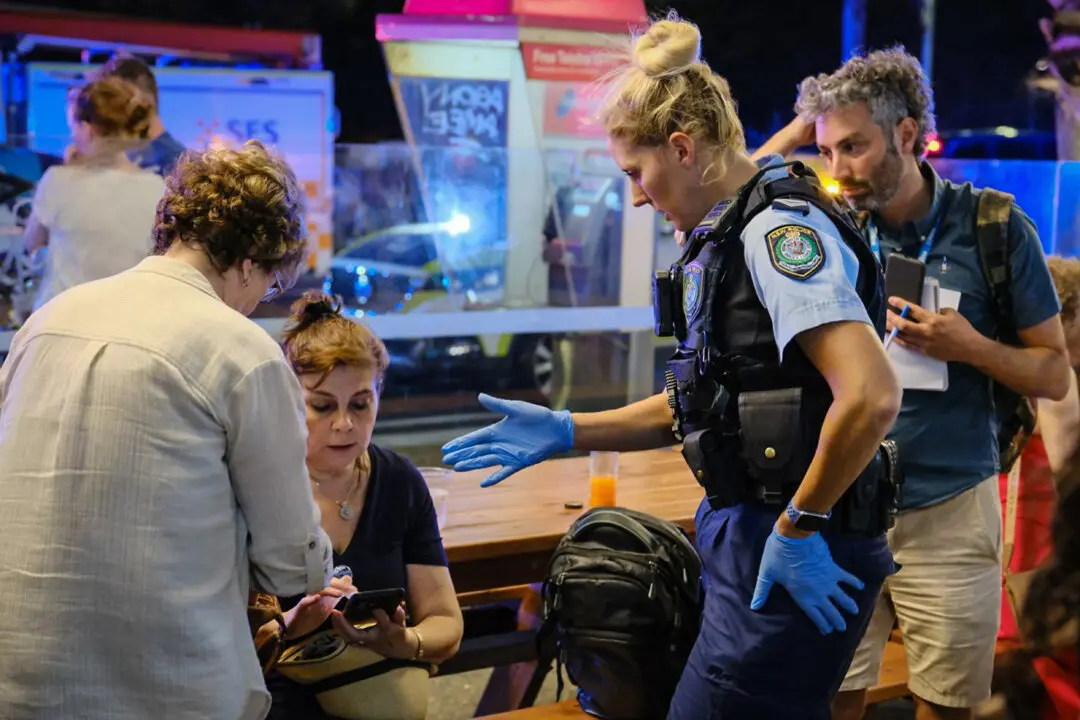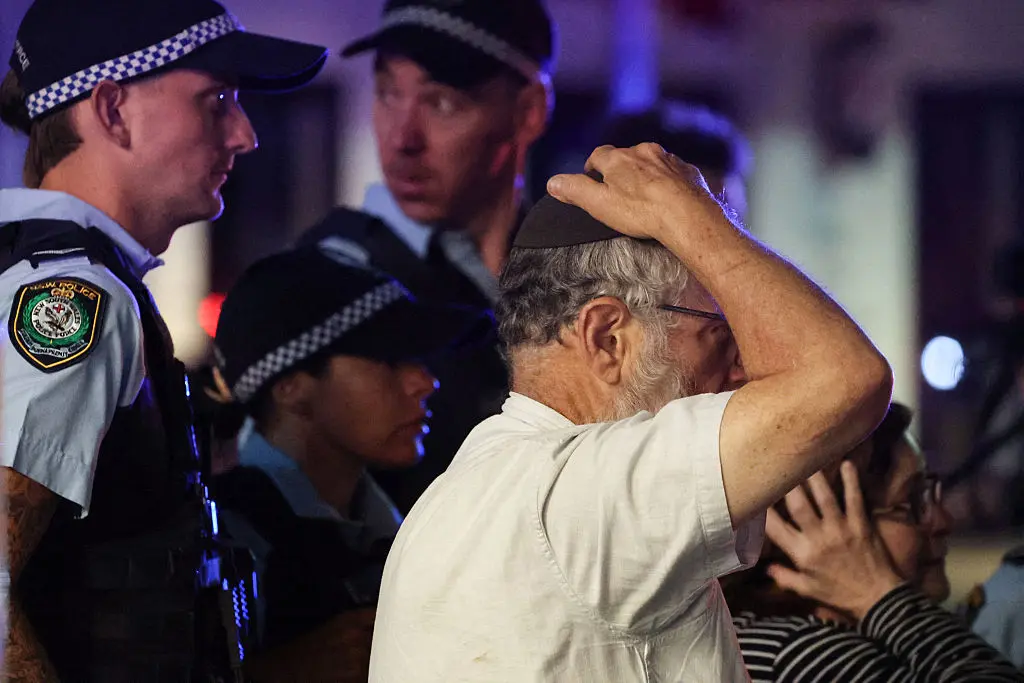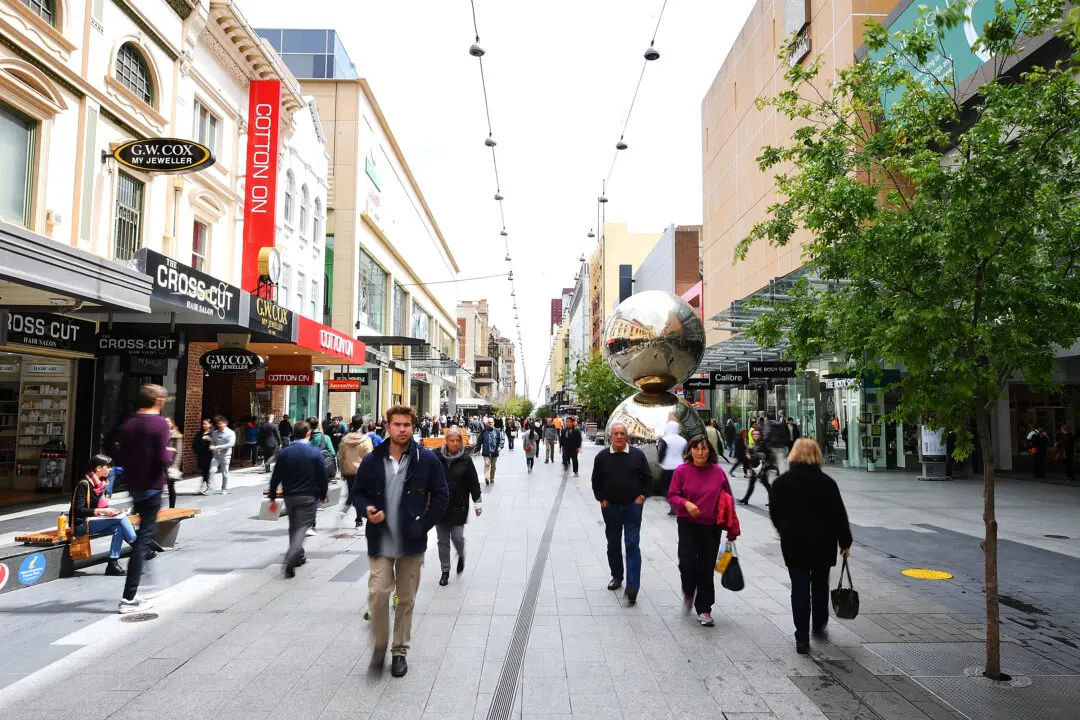New South Wales (NSW) residents have been warned to “stay COVID-safe” and wear a mask if they have cold or flu symptoms.
The state’s health department claimed COVID-19 transmission in the fortnight ending Jan. 6 is higher than last year’s “winter peak.”





